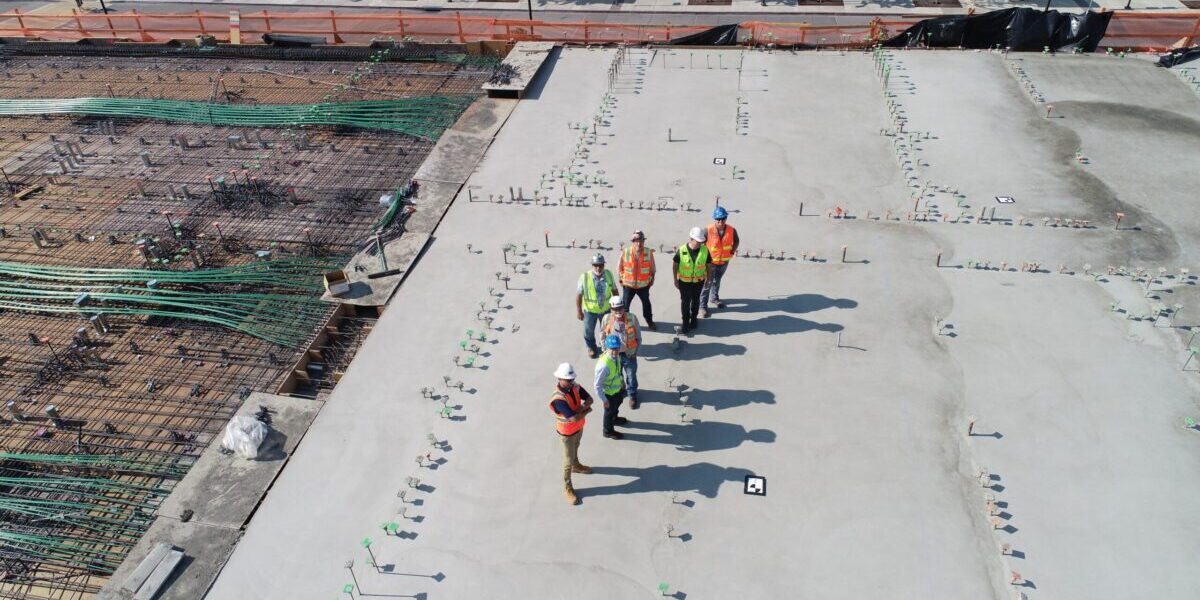I often think that successful safety programs are driven by the personality of the risk management/safety office within an organization, primarily by safety personnel that are in the field. In my experience, when observing employees conduct their work, I think ignorance is bliss.
What do I mean by blissful ignorance, it’s an opportunity to observe employees and let them tell you their work story, to describe what they are doing. Employees are generally proud of their work knowledge but even if you are well aware of their work process, asking them thoughtful questions about their work invites a positive dialogue. Most employees who are accomplished in their skill level will enjoy teaching you something about their work. It’s also a great opportunity to carefully ask questions about safety procedures. In a confined space situation, you may ask how the confined space gas meter is calibrated, how to read the different detection values etc. – by letting employees teach you.
Before observing personnel, as Scott Geller points out in his “Actively Caring for People” publications, it is critical that you first ask permission before observing. In addition, it helps to tell a division that you will be in the field to look at specific work practices. By giving notice, it helps to eliminate employees’ feeling you are “just trying to catch them” doing something wrong. Also if you walk up on a work situation unexpectedly, you may still be welcomed but helps if you ask to observe.
Back to bliss, no one likes a “know it all” which is why giving the employee the opportunity to explain what they are doing can be balanced by your inquisitively phrased questions that may give direction but subtly. Of course, sometimes you may have to give more assertive direction for failed safety procedures but if you start with learning what they are doing, the more direct intervention may be more appreciated.
You can often tell when a safety point-man does not follow the suggested procedures above when you personally observe an employee work process and immediately receive resistance. The key here is to observe your safety staff to see how they interact, is it collaborative or authoritarian, for example.
Letting employees have the opportunity to tell you what they are doing and why is a positive way to connect with employees and remove any stigma that safety personnel are just looking for the negative. I have the advantage of having limited mechanical skills and I have often used my blissful ignorance to great advantage.
*The views and opinions expressed in the Public Risk Management Association (PRIMA) blogs are those of each respective author. The views and opinions do not necessarily reflect the official policy or position of PRIMA.*

By: Daniel Hurley, CSP, ARM-P, MS, MPA
Risk Manager, City of Chesapeake, VA (Ret.)
Dan was the former risk manager for the City of Chesapeake, VA. He also had a long career with the City of Norfolk, VA as a risk manager for the school board and as the safety officer/workers’ compensation specialist for the city. In between the Cities of Chesapeake and Norfolk, Dan had a two-year stint as a practice leader for Midwest Employers Casualty Company working with school districts. Dan is a past president of both national and Virginia PRIMA and currently serves on the PERI and Virginia PRIMA boards. Dan holds the CSP, ARM-P, MS and MPA designations.



